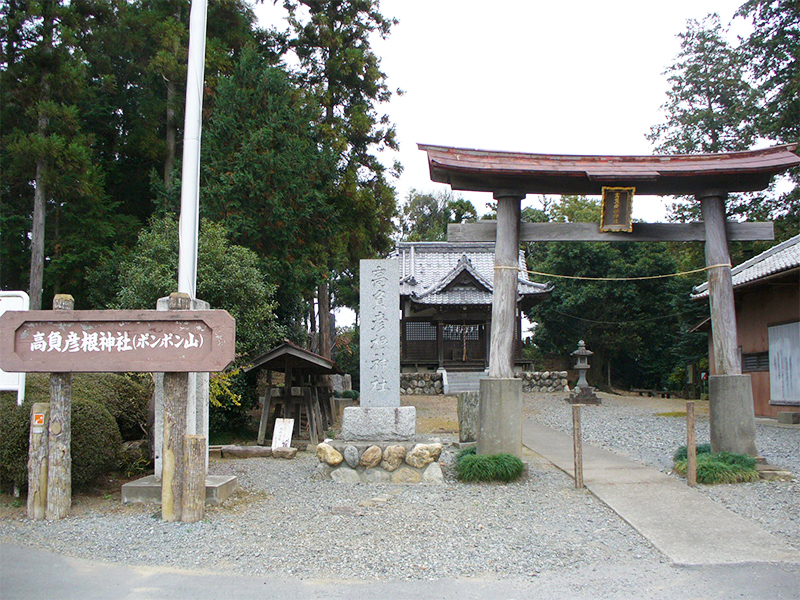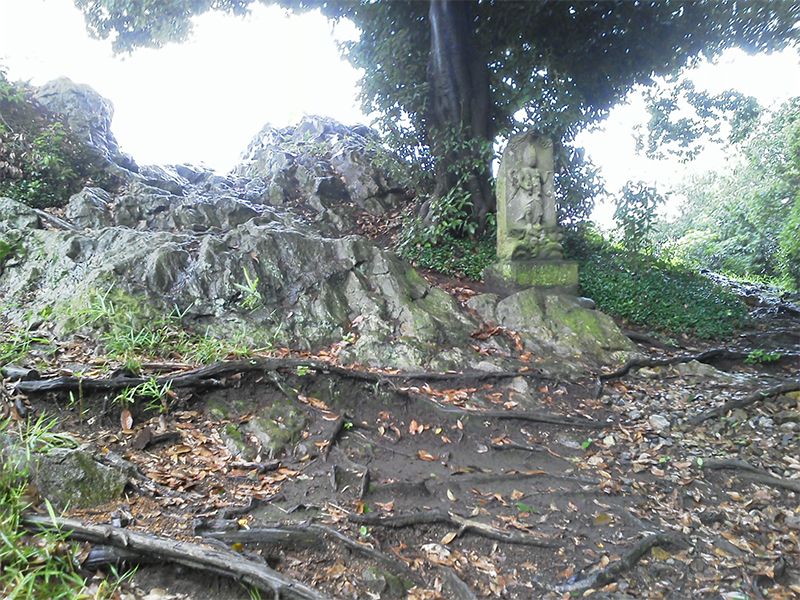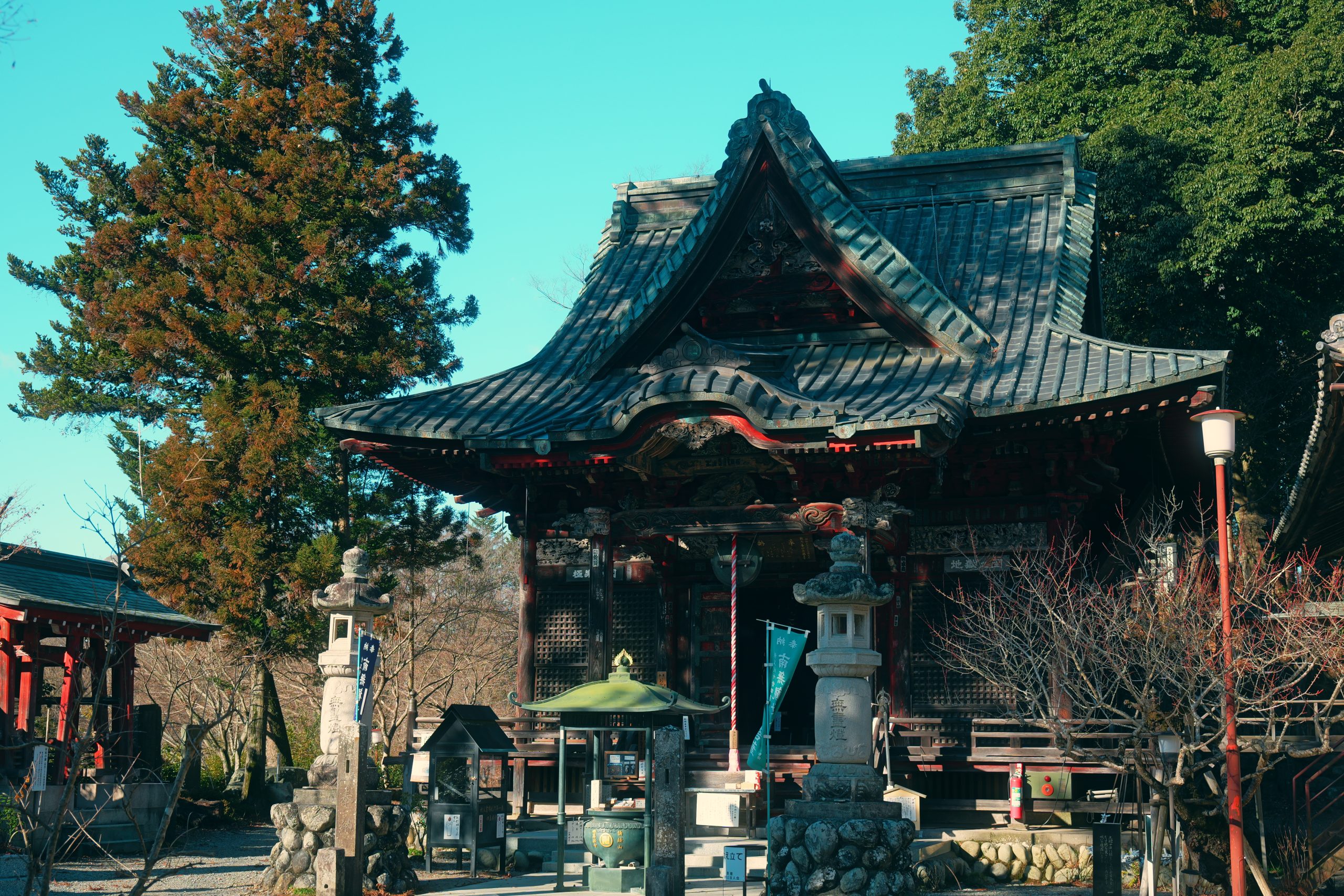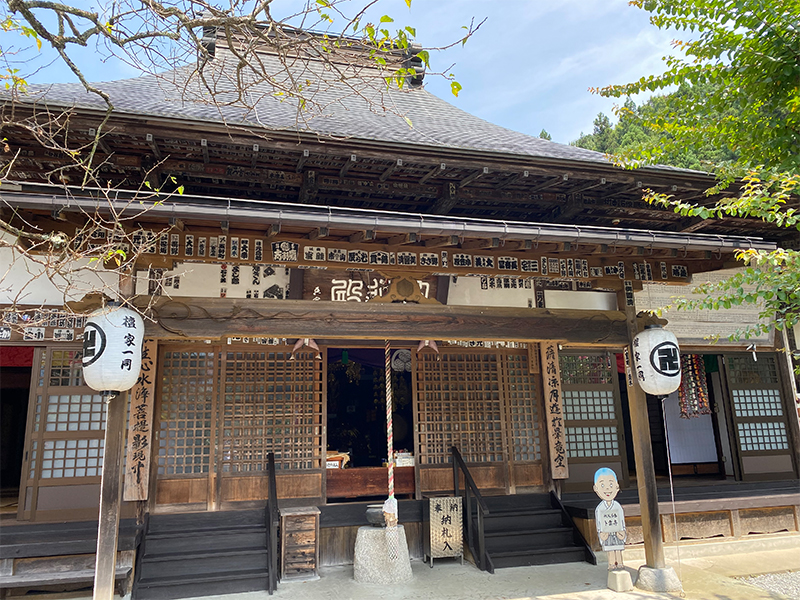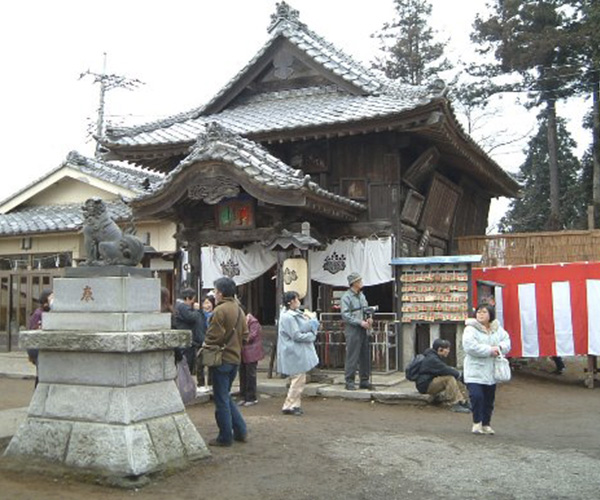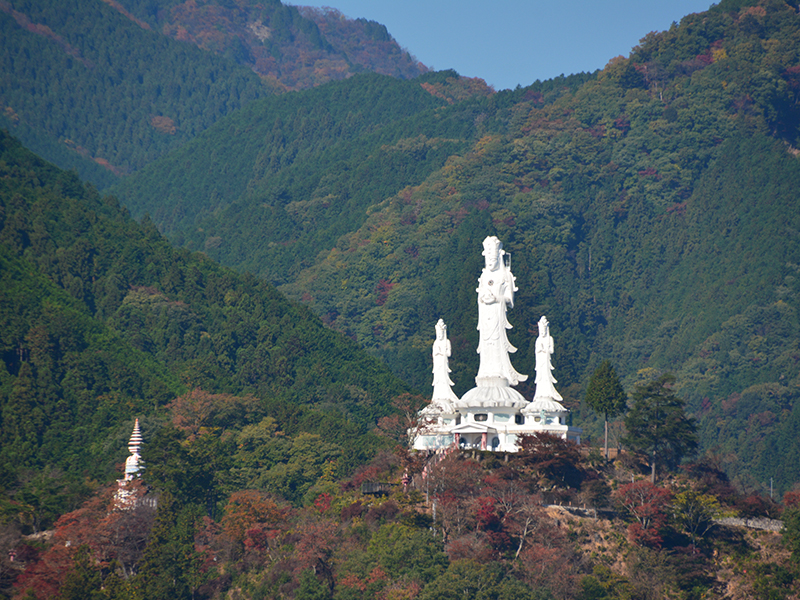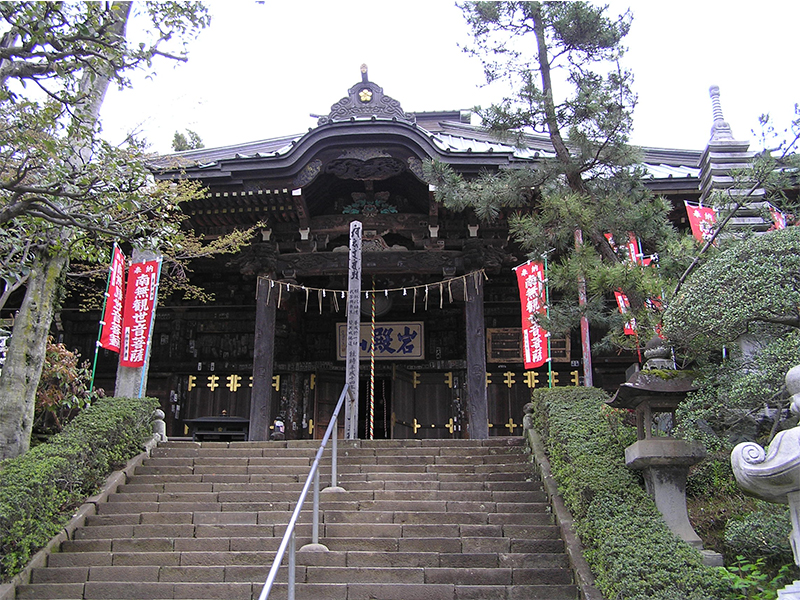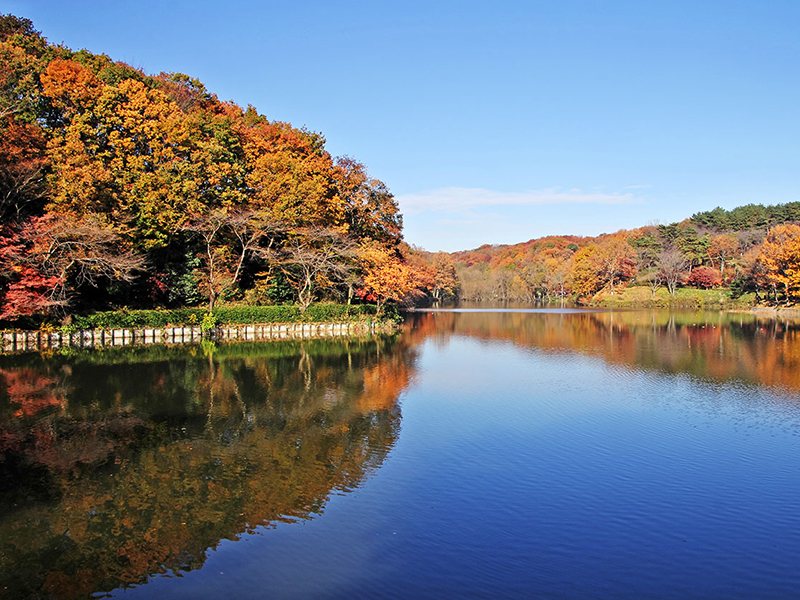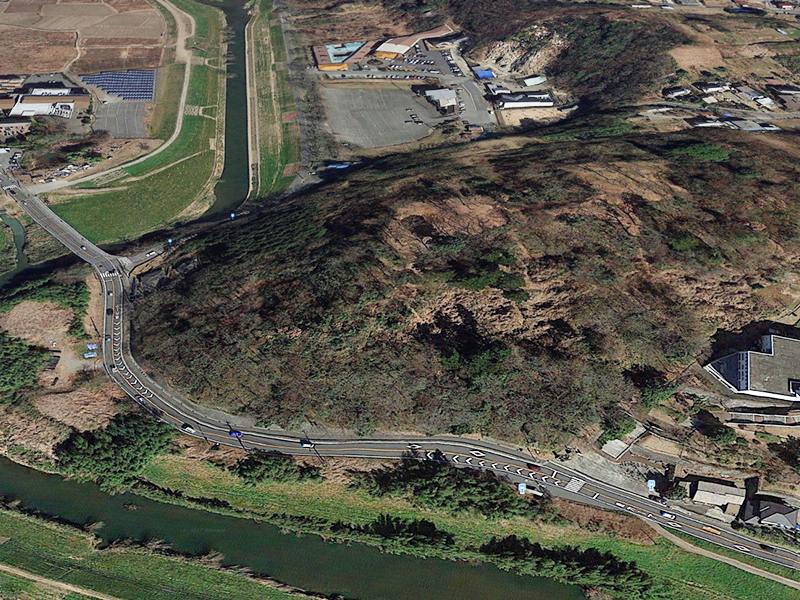Mt. Ponpon
sightseeing
Behind the precincts of Takaohikone Shrine in Tako, Yoshimi Town, there is a rocky mountain with a great view. If you climb up the mountainside and stomp your feet, you will hear a clomping sound (ponpon).
There is a legend regarding this place that goes something like this:
Once upon a time, there was a rich man looking for a place to hide his fortune. One day, he paid a visit to Takaohikone Shrine and asked for the best place to hide it. The god told him, "Bury it in this rocky mountain. I will protect it for you." The man felt relieved and buried all his riches in the mountain. Today, the rocky mountain is called Mt. Ponpon and is said to be inhabited by a divine spirit, as a remnant of this story.
Basic Information
Location
1949-4 Tako, Yoshimi Town, Hiki-gun
TEL
0493-54-5027
FAX
0493-54-4200
Business hours / Fee
Fee
Free
How to get there
Public transport
15 minutes by taxi from "Higashi Matsuyama Station" on the Tobu Tojo Line
Car
20 minutes from "Higashimatsuyama IC" on the Kanetsu Expressway
Parking
Free

